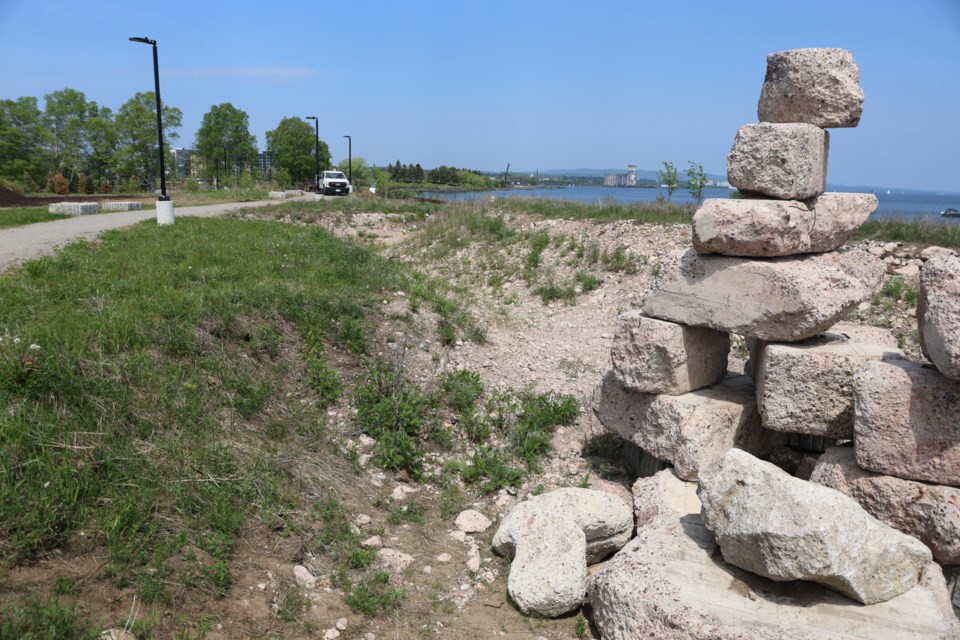THUNDER BAY — “Short term, it's less expensive. Long term, it's far less expensive.”
Guy Walter, the landscape architect for the City of Thunder Bay, says, not only does a wetland park do an efficient job of filtering and cleaning ground water before it enters Lake Superior, it’s also very cost-effective.
The city is creating the first of several “cells,” or areas where a wetland-specific landscape will go, at the Pool 6 site this summer. Work involves digging out the cell, filling it in with soil and installing specific native plants that thrive in moisture-rich conditions. These landscapes collect stormwater after rainfalls, disperse some of it and filter out impurities before the residual water makes it into nearby Lake Superior.
“Currently, we're in design development stages to prep some of this work, but we're also — at the same time — building out the first wetland cell that'll be finished, hopefully before the end of June, and planted,” Walter said.
“So, we'll have a lot of native species going into there.”
For nearly a century, the Pool 6 lands were home to grain elevators. The last one was demolished in 2000. The city has been planning and redeveloping the area for a multitude of recreational, tourism, arts and culture, and other non-industrial uses as part of overall efforts to rehabilitate the north-side waterfront.
The property is where cruise ships visiting Thunder Bay dock, as well as the home of the Transportation Museum of Thunder Bay’s Alexander Henry icebreaker.
The city is partnering with the Lakehead Region Conservation Authority and the local Remedial Action Plan on the creation of the new wetlands, Walter said.
“When we have runoff from hard, impervious surfaces, we tend to see a lot of suspended solids be in that water, and so the wetland helps filter that out and clean the water before it hits Lake Superior,” said Tim Hollinger, the coordinator for the Remedial Action Plan.
“So, it also improves fish habitat within Lake Superior, not just the terrestrial and aquatic wildlife that we see within those wetlands.”
Hollinger said the RAP’s involvement with this project is part of its overall efforts to help guide the habitat restoration of the city’s lakefront and various watercourses after decades of industrial damage. The organization works closely with Lakehead University, as well as provincial and federal funding bodies, he said.
“We've developed this habitat strategy for a number of years and have been implementing it over the past few years,” Hollinger said.
“So, when you really have a plan that's coordinated by the RAP, we help our partners like the city or the LRCA implement these projects at a local and finer scale.”
The group also was involved with volunteer efforts on Saturday to put in nearly 2,000 additional plants elsewhere on the Pool 6 lands, Hollinger said.
Walter said these efforts make a big difference when rehabilitating former industrial lands and have many benefits.
“Habitat restoration, bird, native species, mammals, everything — it's just building out that habitat so we have more of a (green) corridor along our waterfront,” he said. “It's actually vibrant and dynamic and (full) of native species.”
“It's really kind of insulating and building out on the work we're doing, and all these little spots along the way and hopefully we'll have a continuous corridor through our entire waterfront.”
